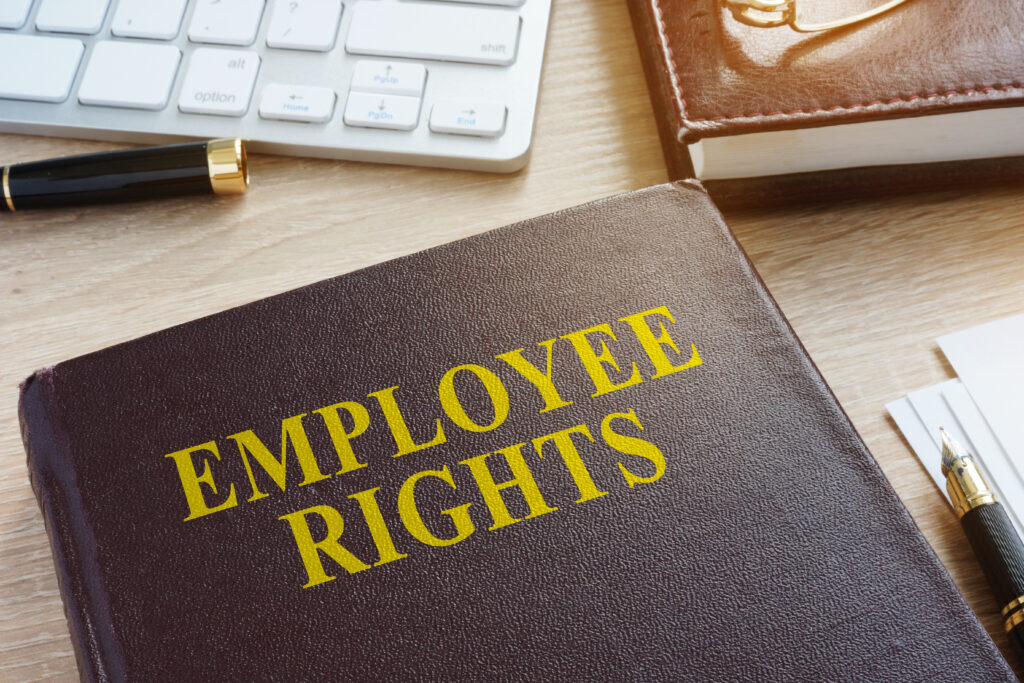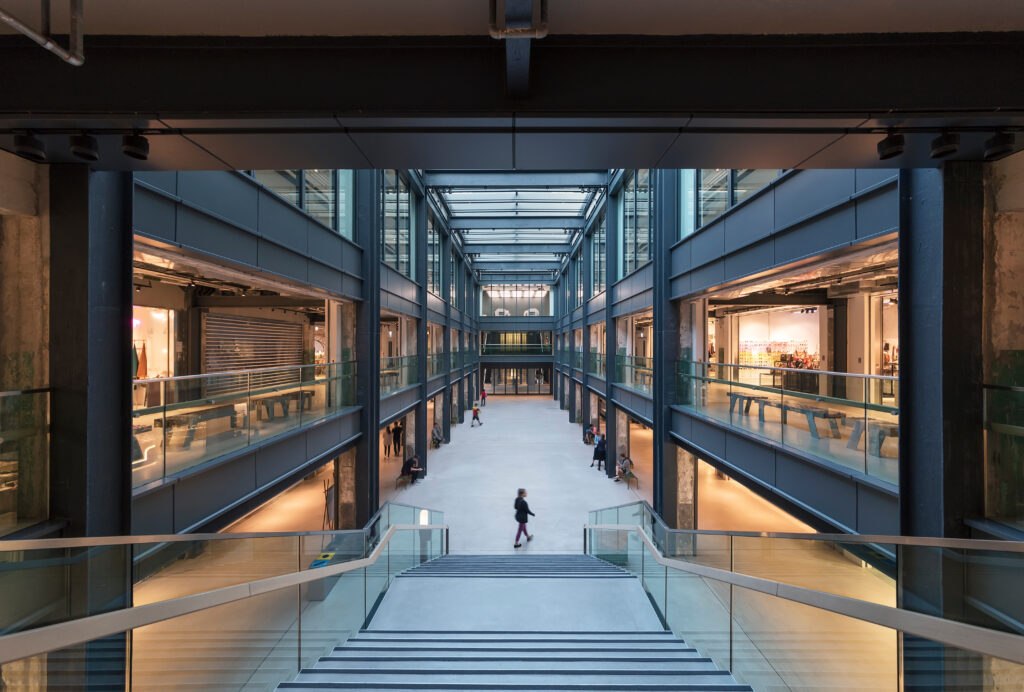Breaking Through the Concrete Ceiling
The construction industry is often perceived as being dominated by white, able-bodied, young men. It is a physically demanding work environment that poses numerous challenges to its workers and, therefore, can be prone to discriminate against a variety of groups. It is vital for the industry to understand the unconscious bias that may permeate several areas, from hiring decisions to workplace culture, so that it can work to effectively combat any and all discrimination. In this article, we will explore the most common forms of discrimination seen across the industry and steps that can be taken to reduce this.
Forms of Discrimination often seen in construction
Gender
Though the industry has made huge strides in tackling gender inequality, women continue to be underrepresented in the construction workforce. Women make up approximately 15% of the UK construction industry and are disproportionately concentrated into administrative and support roles, rather than the high-paying skilled positions. Furthermore, women in construction often report experiencing harassment or unequal treatment when on the job, perpetuating the wolf-whistling stereotype of construction workers that remains at play today. The demanding nature of construction work inevitably leads to long hours and irregular schedules, which tend to pose more issues for women, as they continue to be the primary family caregivers, making it difficult for them to effectively manage the ever-desired work-life balance.
Race
While people from ethnic minority backgrounds make up a substantial proportion of the UK population, they remain significantly underrepresented in the construction industry, with BAME individuals representing 6% of the workforce. Research conducted by the Equality and Human Rights Commission revealed that persons from ethnic minority backgrounds are more likely to experience discrimination at various stages of their careers, including during the recruitment process, often due to an unconscious bias on behalf of those hiring. In addition, BAME employees have frequently commented that incidences of ‘workplace banter’ relating to their race or culture has led them to feel uncomfortable, and even unsafe, in the workplace. Employees have reported instances of a hinderance to their career prospects when they have found themselves unable to go along with the jokes dished out by their colleagues, further perpetuating the cycle of inequality in the industry.
Age
The nature of construction work is physically demanding, which means that the workforce is predominantly made up of younger, fit professionals, who are preferred to older, potentially more experienced individuals. This discrimination could lead to a depletion of expertise and knowledge, depriving newer workers of being able to take advantage of the wisdom and skills that older workers could impart on them. Employers may perceive older workers as less productive or less willing to embrace change, while also being less able to stand up to the rigorous physical challenges that construction presents. A study undertaken by the Chartered Institute of Building found that only 48% of companies would always give equal consideration to workers nearing retirement age compared to those who are just entering the industry.
We have focussed on some of the most common protected characteristics held by those who have reported discrimination in the industry, however unfortunately, this is not the full extent of the picture and individuals with all protected characteristics find themselves subject to discrimination at times.
What employers can do to tackle discrimination in the industry?
Luckily, there are many ways that employers can work to dismantle discriminatory practices in the construction industry, including, but not limited to, examining their recruitment strategies, workplace and education policies and introducing metric targets, as explored below.
Recruitment strategies – it is crucial that employers implement fair and transparent recruitment practices, focusing on an individual’s skills, qualifications and potential. This could be achieved by adopting blind recruitment techniques (e.g. removing personally identifiable information from job applications before they are reviewed by hiring managers). It would also be important to ensure any hiring managers have undergone specific training in equality and diversity to help prevent any discrimination in this process.
Training – Providing training and education around equality, diversity and unconscious bias is essential for raising awareness and encouraging employees to challenge stereotypes in the industry. This could include introducing mandatory training programmes for all employees, regardless of their position in the company.
Workplace policies – Ensuring that your workplace policies are fully inclusive, such as allowing for flexible working arrangements where possible, having good parental leave policies in place, and an awareness of any faith-based obligations, can help create an environment where all employees feel valued and supported and help mitigate the risk for discrimination in the workplace.
If you would like to discuss any of the points raised within this article further or require assistance to ensure that your workplace is effectively working to banish discrimination, then please do not hesitate to contact us to speak with our Employment Team who will be happy to assist.









